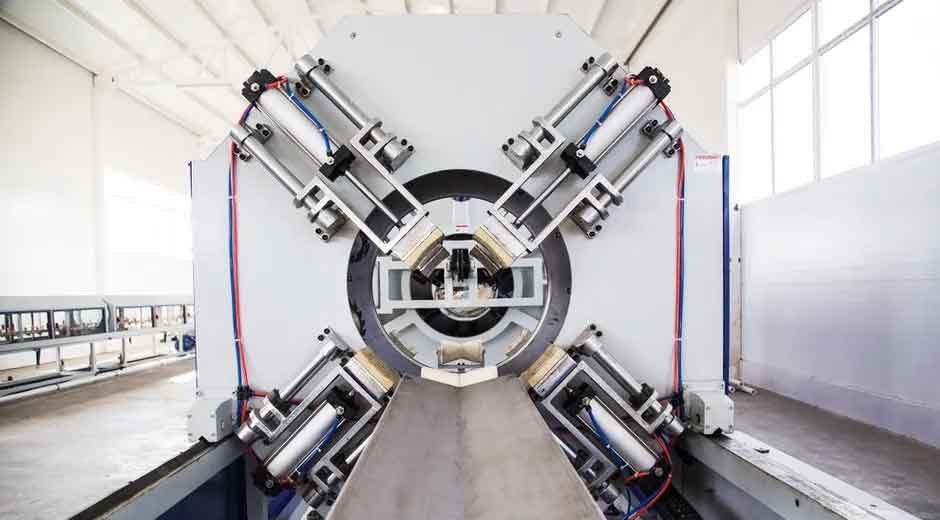Plastic extrusion is an advanced production process that produces highly accurate, engineered parts to meet most industrial requirements. It makes complex profiles with the help of rubber molding, which incorporates multiple material properties in a single continuous run. The developments are beneficial in industries that require durability, precision, and multi-functionality, such as the automotive, construction, and specialized equipment sectors. Here are advancements in plastic extrusion technology for industrial uses:
Co- and Tri- Extrusion Techniques
Multi-layered profiles, each layer providing a unique functionality, are produced by modern co- and tri-extrusion methods. Outer layers are made to be durable or to retain color, whereas inner layers are made to be flexible. Rubber molding enables the mixing of materials with varying melt characteristics, without compromising structural integrity. Manufacturers use these methods to produce items such as weather-resistant seals, decorative trims, or impact-absorbing gaskets.
Multi-layer structures are beneficial in reducing weight while maintaining rigidity, making them particularly suitable for the transport and construction industries. The technology can also be used to develop new products, including opaque and transparent layers that can be used together to create specific tubing. Multi-extrusion processes provide a flexible solution as more industries demand lighter, stronger, and multi-functional parts.
Advanced Material Integration Dual-Durometer
Dual-durometer extrusion enables parts of the same profile to possess dissimilar hardness or flexibility characteristics. This is utilized by engineers in products such as window seals, which feature rigid mounting edges and soft sealing surfaces. High-quality materials, such as military-grade or UL-rated plastics, are used to meet the challenging safety and environmental criteria. Such a combination allows a single product to fulfill multiple functions simultaneously, minimizing assembly processes and enhancing reliability.
The additives, such as UV stabilizers, can be incorporated by the designers into portions of the extrusion. The strategy also enhances the long-term performance in harsh environments, such as marine, aerospace, or industrial environments. This flexibility stimulates innovation in components that require both impact resistance and chemical compatibility.
In-Line Supplementary Processes and Crosshead Coating
In-line supplementary operations enable other operations to be performed directly on the extrusion line, such as taping, splicing, punching, or infrared treatment. This integration minimizes secondary handling and maximizes uniformity and efficiency of production. The same advantages can be expanded by crosshead coating technology. This involves the coating of wires, cables, or hoses with protective or functional layers. The procedure may include metal cores, textile braids, or other substrates encased in a continuous layer of plastic.
These coatings enhance performance properties such as abrasion resistance and chemical protection. Integration of several steps within a single process also increases the design freedom of complex industrial parts. With the simplification of these processes, manufacturers can create high-performance parts tailored to specific applications.
Using Rubber Molding
Developments in plastic extrusion change the way industries develop, manufacture, and deploy high-performance components. Rubber molding gives engineers a high level of control over their production processes. Manufacturing with precision makes sure the results are consistent, enabling industries to meet stricter standards and project specifications. Such technologies also reduce development cycles by minimizing secondary operations and enabling complex features to be developed in a single step. Discover how these extrusion innovations can take your next project to the next level.






